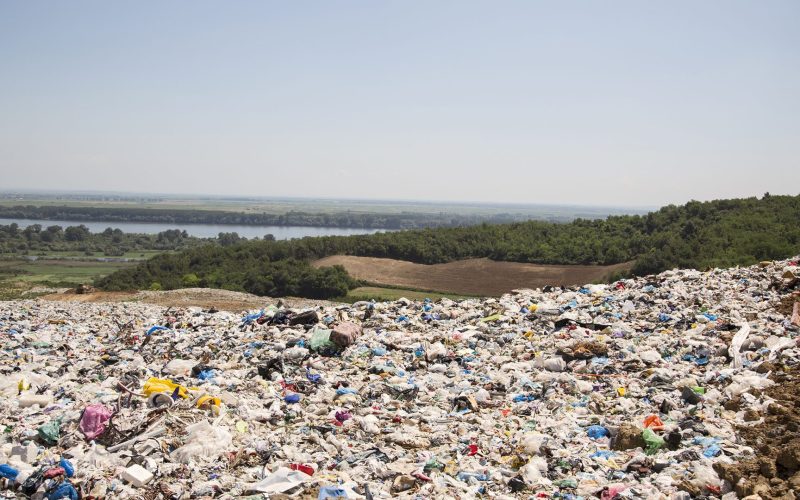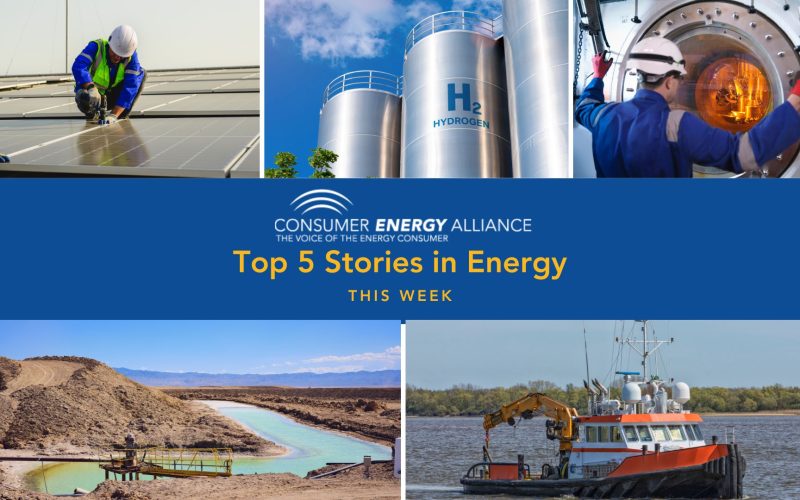THE VOICE FOR THE ENERGY CONSUMER

The “Green New Deal” is not such a good deal for American energy consumers. Designed to completely replace America’s use of abundant and affordable energy sources such as natural gas,.

Memphis, TN – Today, Consumer Energy Alliance Vice President of State Affairs Brydon Ross spoke out against a local ordinance before the Memphis City Council that would have significant harmful.

Consumer Energy Alliance Praises SJI for Joining Utilities Nationwide to Implement Energy Efficiency Programs and New Investments in Clean Energy Technologies Trenton, NJ – Consumer Energy Alliance (CEA), the leading.

Today, the price of oil was slightly lower but is headed for a weekly gain as a stronger demand outlook and signs of economic recovery offset concerns about rising COVID-19.

New Jersey residents and business owners could be looking at tens of thousands of dollars in costs from the 294-page Energy Master Plan, or EMP, a document most of the.

WASHINGTON, D.C. — Consumer Energy Alliance (CEA), the leading voice for sensible energy and environmental policies for families and businesses, issued the following statement following the confirmation of President Biden’s.

Recycling is a necessary conservation effort that everyone across the United States should participate in regularly and, when properly implemented, can be cost-effective for cities. If it’s done wrong, recycling.

This week, the U.S. Treasury Department released details of President Biden’s infrastructure plan, which includes replacing subsidies for traditional fuel companies while providing tax incentives for producing renewable energy or.

Baseload power has nothing to do with baseball. But it has plenty to do with ensuring the minimum electrical power is available continuously to the power grid to meet Americans’.

Influential marketing authority Robert Glazer grasps the importance of consumer choice in our American way of life. Talking about Apple, he maintains that the tech giant makes great products but.